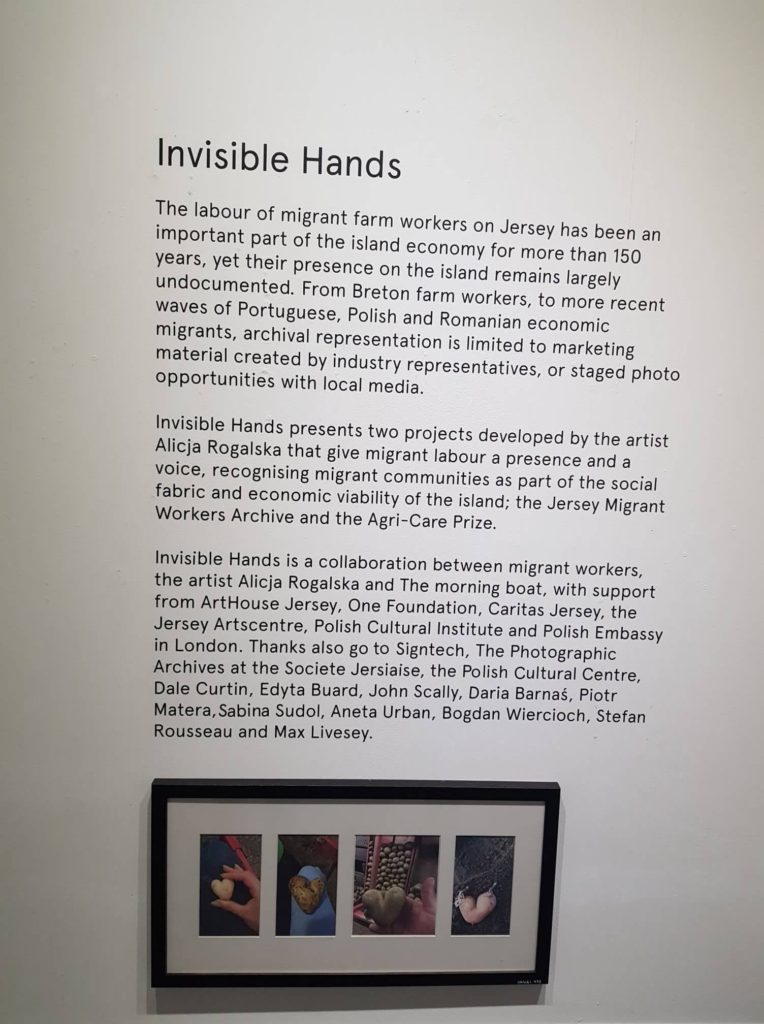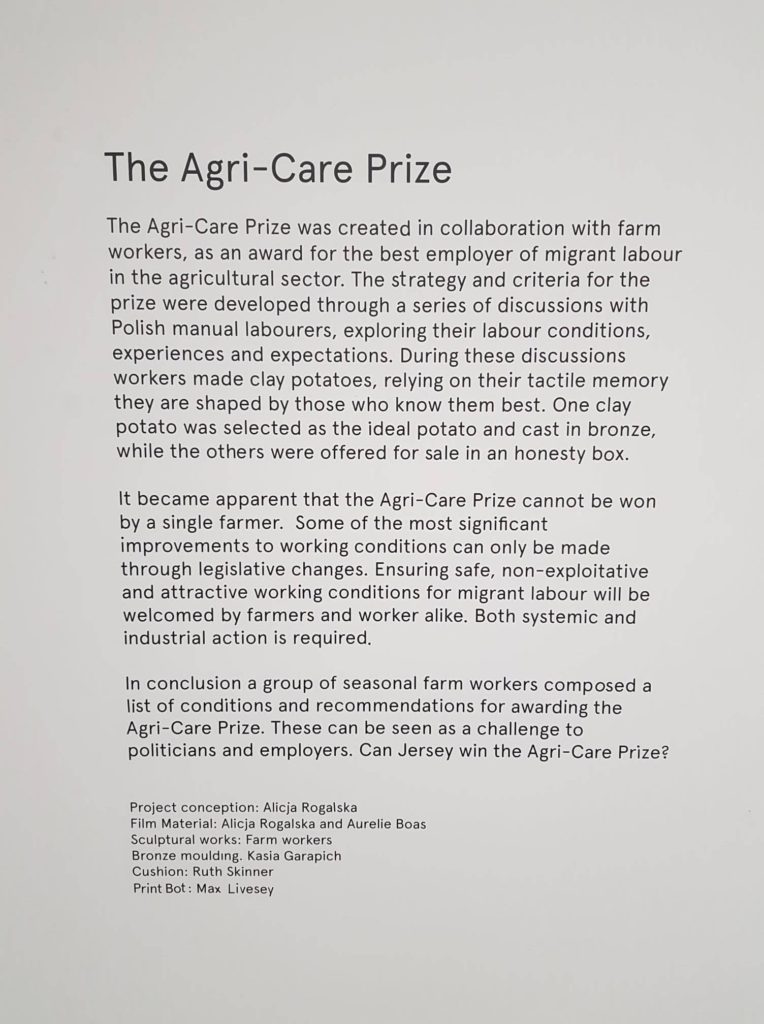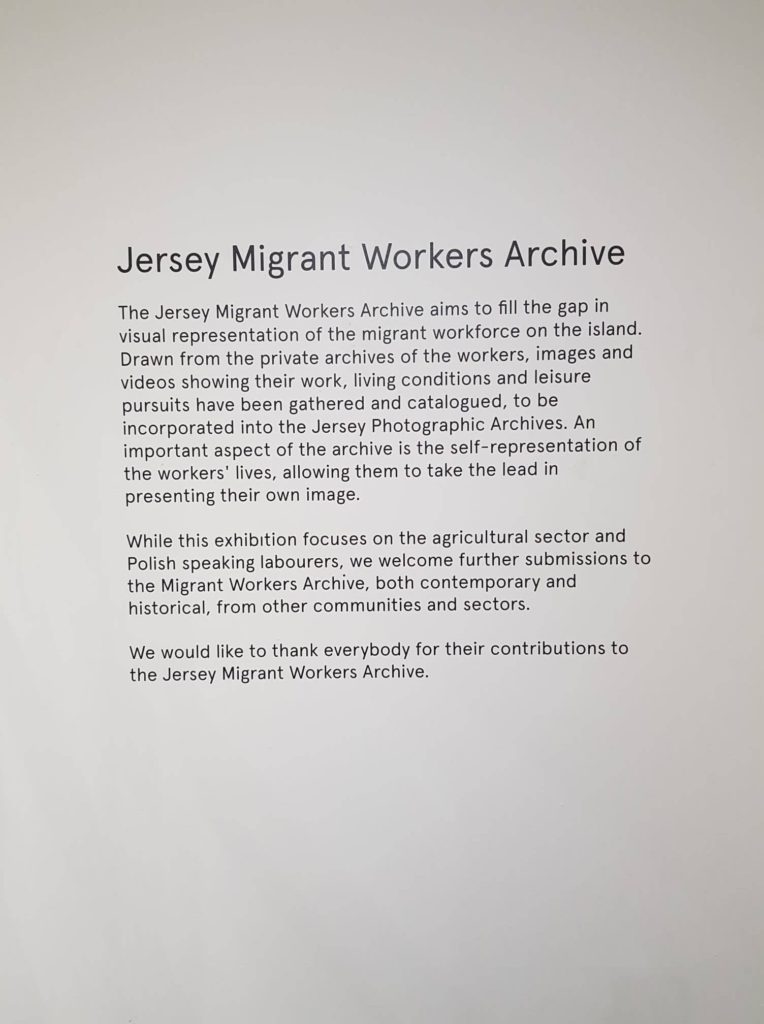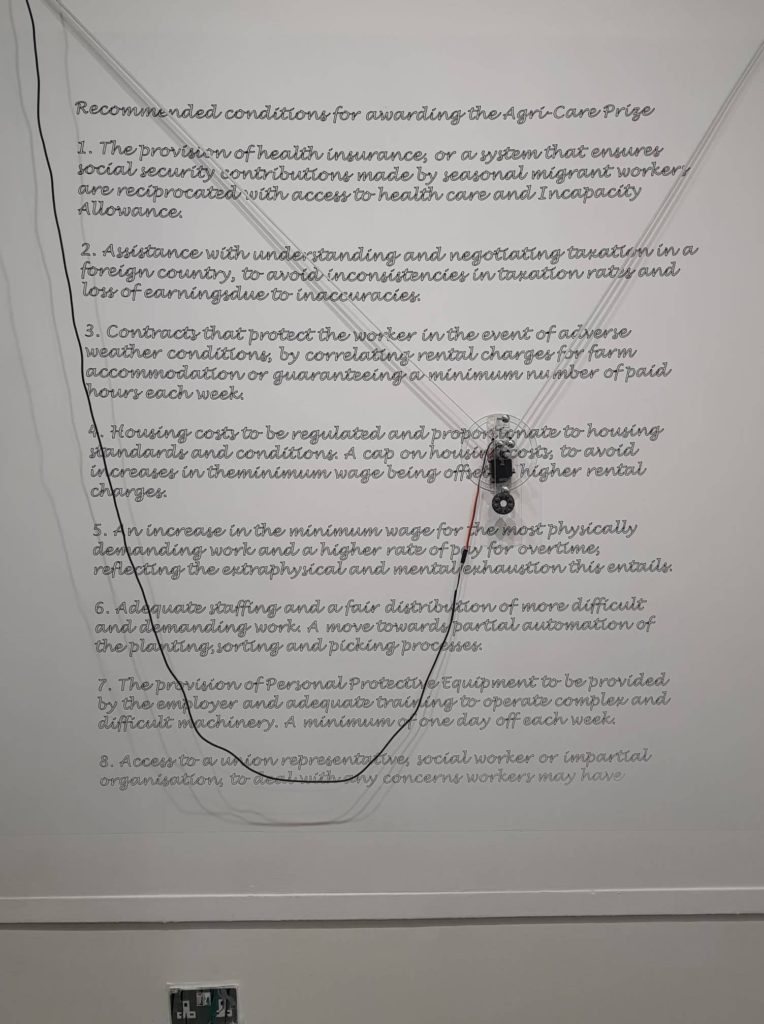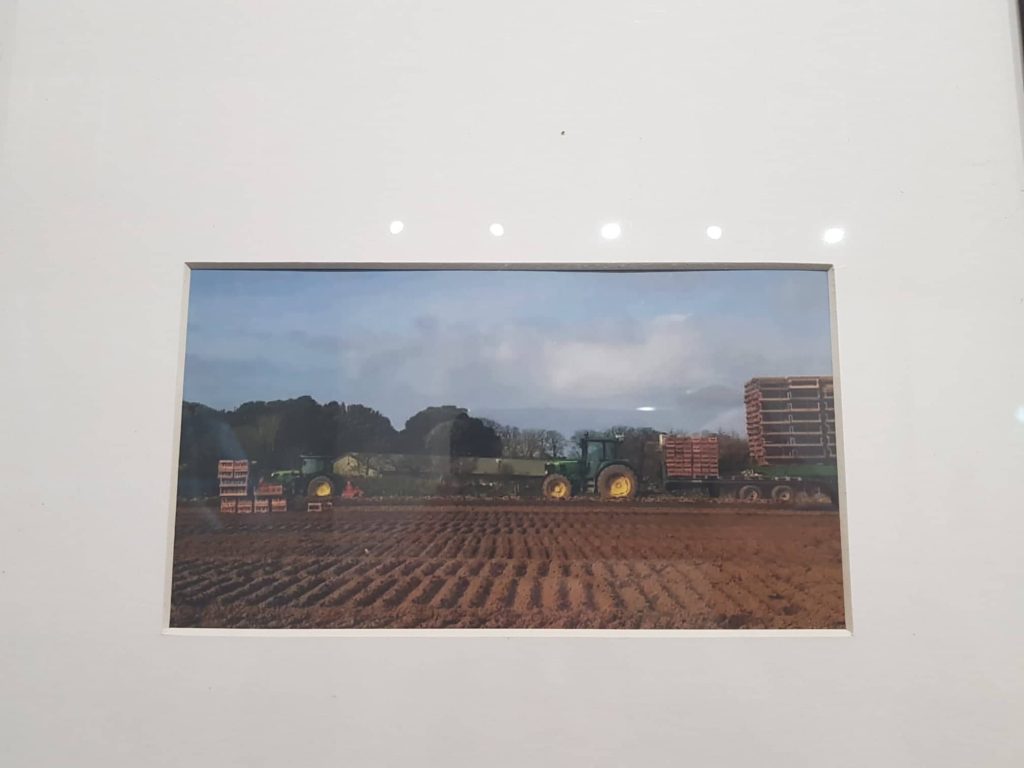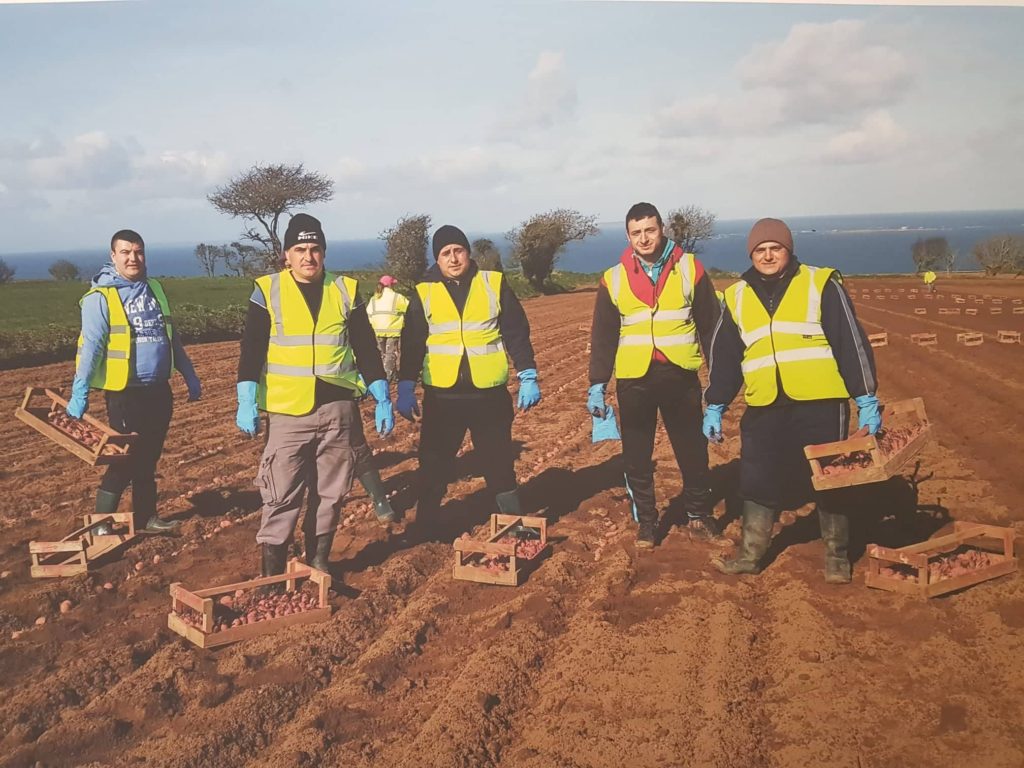How does fashion shape social identities?
-Opening quote-
-Introduction (250-500 words) Focus on portrait photography, possibly parts of tableaux as well. Artists: Hassan Hajjaj, Rankin, possibly Andy Warhol. I will implement the same bold colours into my work, possibly break stereotypes such as the Kesh Angels portrait series by Hassan Hajjaj. Rankin Focuses a considerable amount on personal identity, through mainly face and top 1/3 portraits. Link to Hassan Hajjaj, fashion can show our social status/ rank in society. Such as how in certain countries women wear hijabs and aren’t allowed to drive or have other rights. Link to Rankin, can express our personality, through colour or style. Or (link to article) try change our identity through editing our photos.
Notes:
- Explain how I interpret the question.
- Identify issues that I am going to explore
- Give a brief outline of how I will deal with each issue, and in which order.
- Use at least one quote

